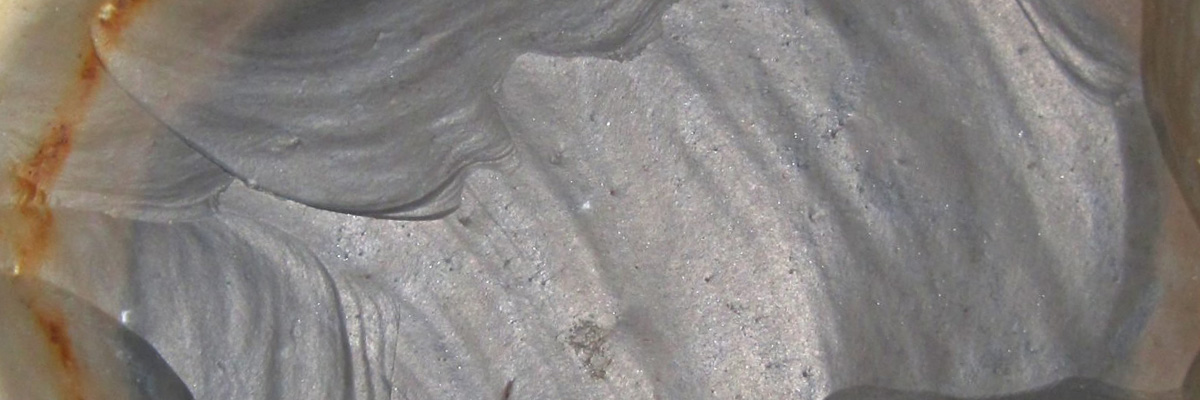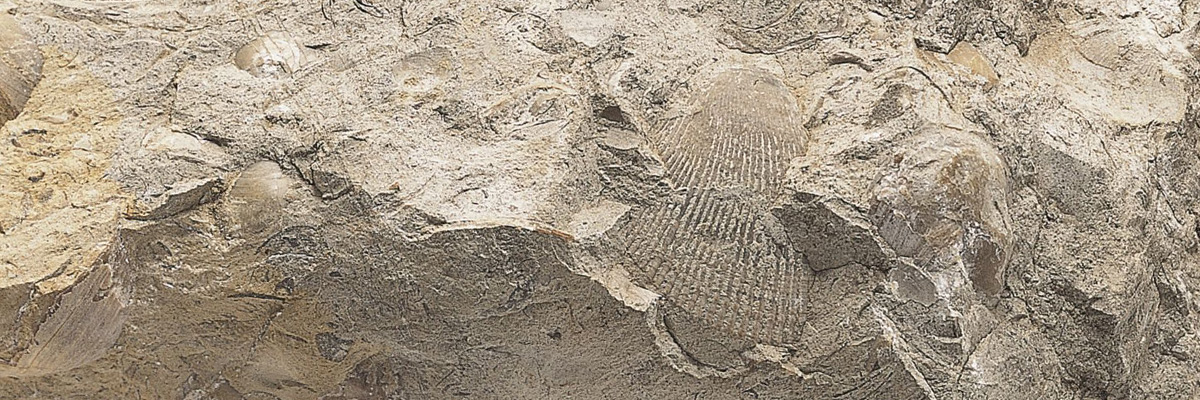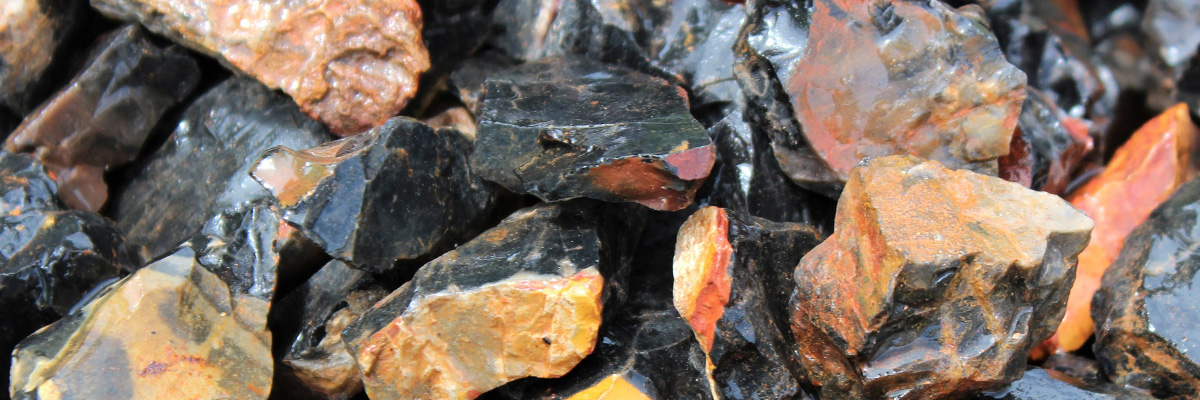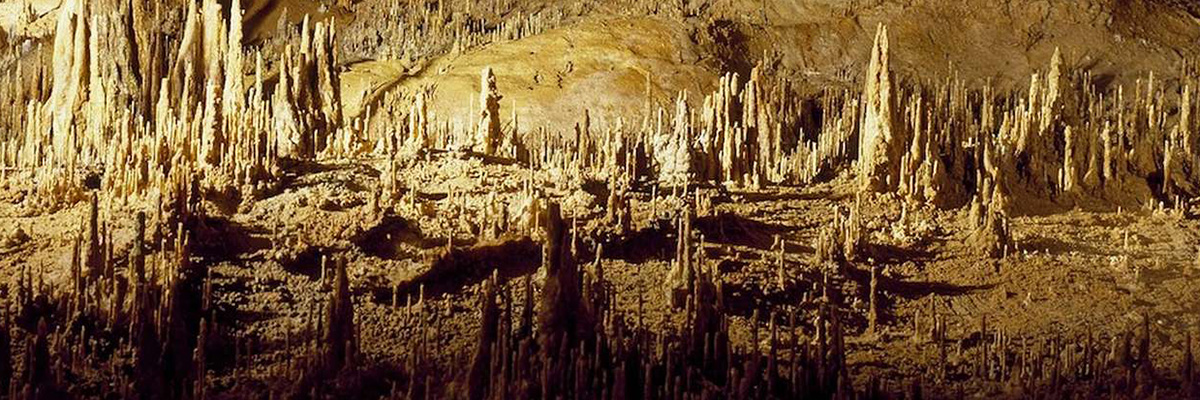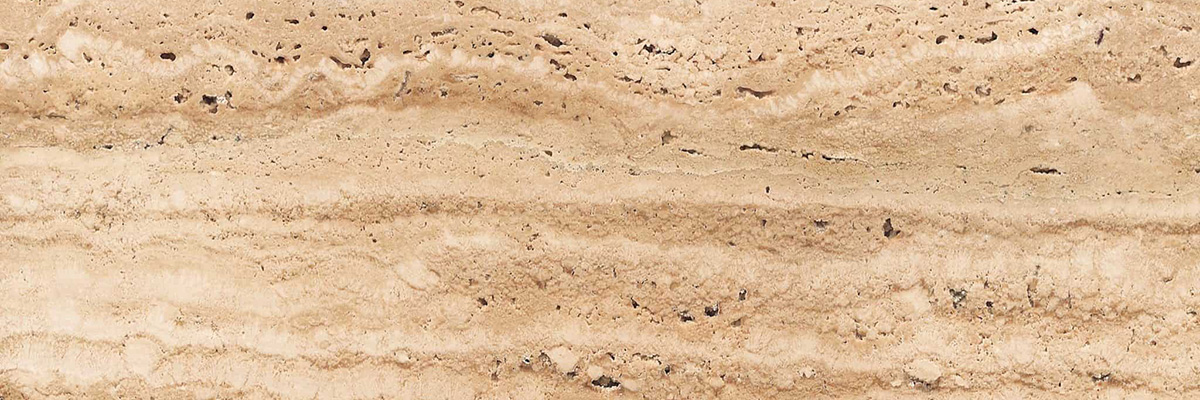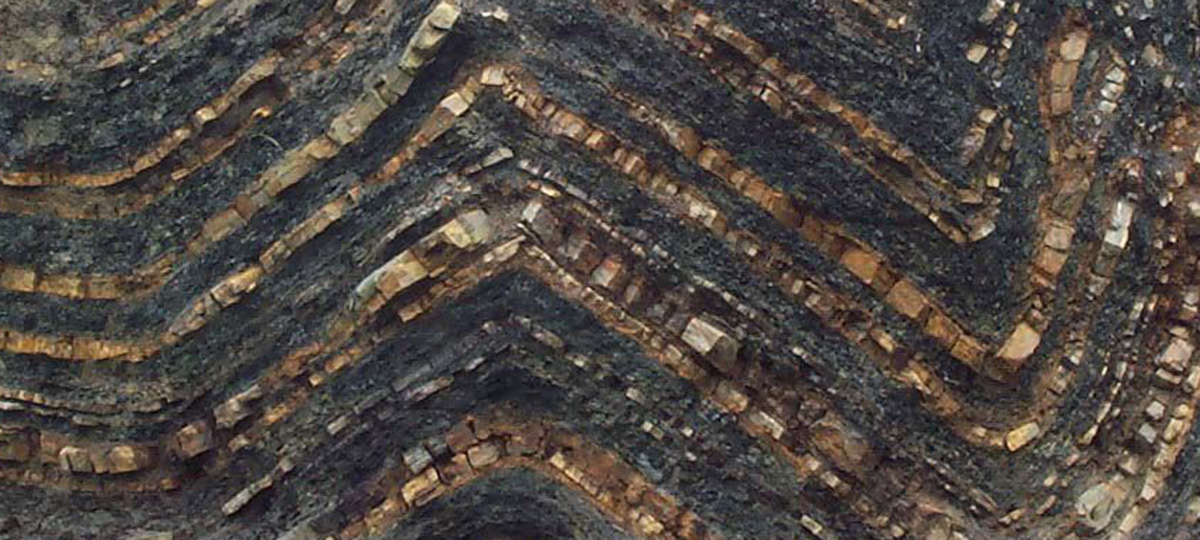Chemical sedimentary rocks are formed from the precipitation of dissolved minerals from water, often due to changing environmental conditions. These captivating rocks offer valuable insights into the Earth’s complex geochemical processes and serve as essential tools for reconstructing past environments, climates, and the evolution of life. Chemical sedimentary rocks showcase a diverse range of textures, compositions, and colors, reflecting the myriad processes and conditions that contribute to their formation.
Formation
Chemical sedimentary rocks form through various processes, including the evaporation of water, which causes minerals to precipitate out of solution, and the biological activity of organisms, which can lead to the accumulation of minerals. Over time, these deposited minerals become compacted and cemented, creating solid rock. Chemical sedimentary rocks are often found in environments such as evaporite basins, hot springs, shallow marine settings, and caves.
Types
There are several types of chemical sedimentary rocks, including:
- Limestone:
A rock composed mainly of the mineral calcite (calcium carbonate), limestone forms through the accumulation of calcareous material from marine organisms, such as corals and shellfish, or through the direct precipitation of calcium carbonate from water. Limestone can form in various environments, from shallow tropical seas to deep ocean basins. - Dolostone:
A rock composed mainly of the mineral dolomite (calcium magnesium carbonate), dolostone forms through the alteration of limestone by the addition of magnesium-rich fluids. - Chert:
A microcrystalline or cryptocrystalline form of silica, chert forms through the precipitation of silica from water, often in association with the accumulation of siliceous remains of microscopic organisms like diatoms and radiolarians. Chert can occur as nodules within limestone or as massive beds of rock. - Evaporites:
Rocks formed through the evaporation of water and the subsequent precipitation of dissolved minerals. Common evaporite minerals include halite (rock salt), gypsum, and anhydrite. - Travertine:
A type of limestone that forms through the precipitation of calcium carbonate from groundwater in caves or around hot springs.
Properties
Chemical sedimentary rocks display a variety of properties that reflect their diverse origins and compositions. They often exhibit fine-grained, crystalline textures and can be either porous or dense, depending on the specific mineral content and depositional environment. Some chemical sedimentary rocks contain fossils or trace fossils, which provide valuable information about ancient ecosystems and the history of life on Earth.
The colors of chemical sedimentary rocks can vary widely, depending on their mineral and organic content. For example, limestone can range from white to gray to brown, while chert can be white, gray, brown, or even red due to the presence of iron oxides.
Significance
Chemical sedimentary rocks hold significant importance in various fields. In geology, they serve as essential tools for reconstructing Earth’s history, revealing information about past environments, climate changes, and the geochemical processes that shaped the planet. They also serve as a source of valuable resources, such as limestone for cement production, gypsum for plaster and wallboard, and halite for table salt.
Chemical sedimentary rocks have important commercial and industrial uses. Limestone is widely used as a building and decorative stone, while gypsum and halite are essential components in various industries, from construction to food production.
Understanding the formation, distribution, and properties of chemical sedimentary rocks is crucial for managing natural resources, evaluating geological hazards, and mitigating the environmental impacts of their extraction and use. Studying these rocks contributes to our understanding of the complex geochemical processes that shape the Earth’s crust and the diverse environments in which they occur.
Examples
-
Chalk
Chalk is a fine-grained, white sedimentary rock that belongs to the limestone family. It is composed primarily of the microscopic skeletal remains of marine organisms, …
-
Chert
Chert is a fine-grained sedimentary rock that belongs to the chemical and biochemical subclass. It is characterized by its microcrystalline texture, hardness, and conchoidal fracture, …
-
Limestone
Limestone is a sedimentary rock primarily composed of the mineral calcite (calcium carbonate) and belongs to the chemical and biochemical subclass. This rock often contains …
-
Magnesite
Magnesite is a carbonate mineral that belongs to the calcite group. It is composed primarily of magnesium carbonate (MgCO3) and is known for its distinctive, …
-
Onyx
Onyx is a banded variety of chalcedony, a cryptocrystalline form of silica belonging to the quartz family. It is known for its striking parallel bands …
-
Stalactite
Stalactites are secondary mineral formations that grow from the ceilings of limestone caves. They are a sub-class of speleothems, which are mineral deposits formed by …
-
Stalagmite
Stalagmites are secondary mineral formations that grow from the floors of limestone caves. They are a sub-class of speleothems and are created by the deposition …
-
Travertine
Travertine is a sedimentary rock and a sub-class of limestone formed primarily by the precipitation of calcium carbonate minerals in hot springs, caves, or other …

Related Posts
-
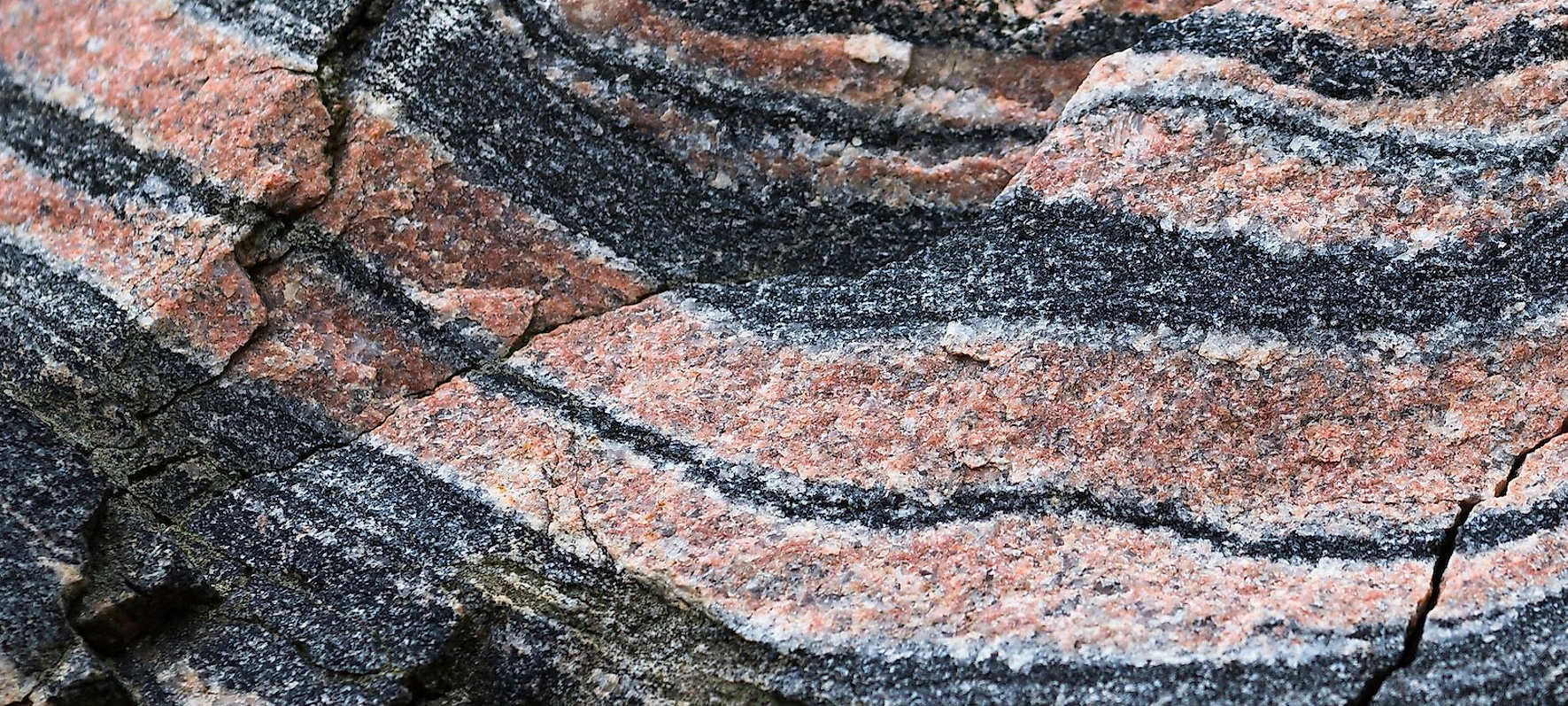
Metamorphic
Metamorphic rocks are a fascinating class of rocks that have undergone transformation due to intense heat, pressure, or mineral exchange deep within the Earth’s crust. …
-
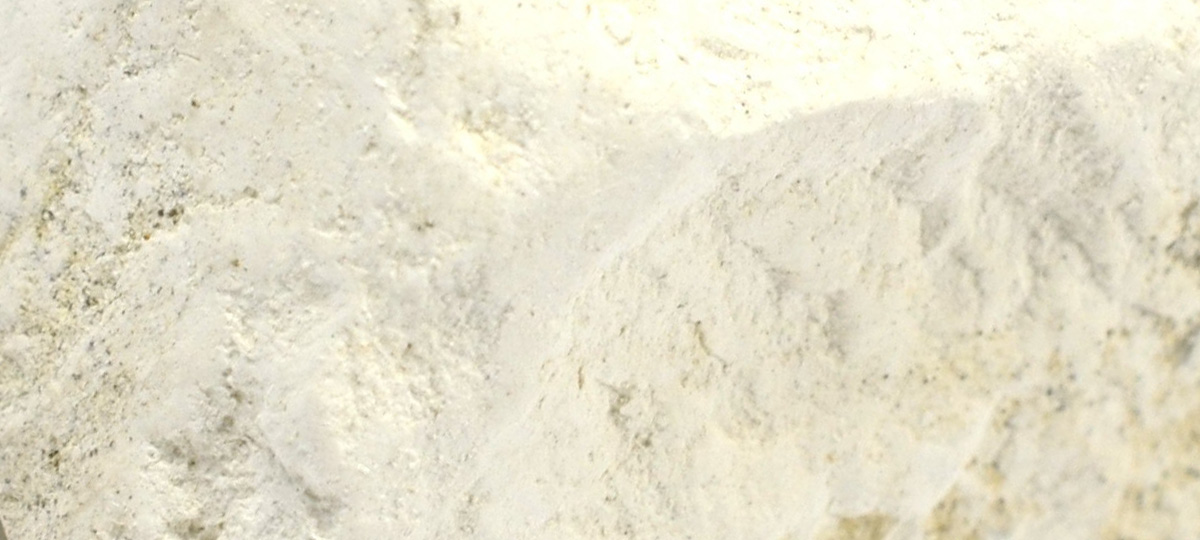
Organic Sedimentary
Organic sedimentary rocks are unique formations derived from the accumulation and preservation of plant and animal remains, providing a window into Earth’s biological history. These …
-
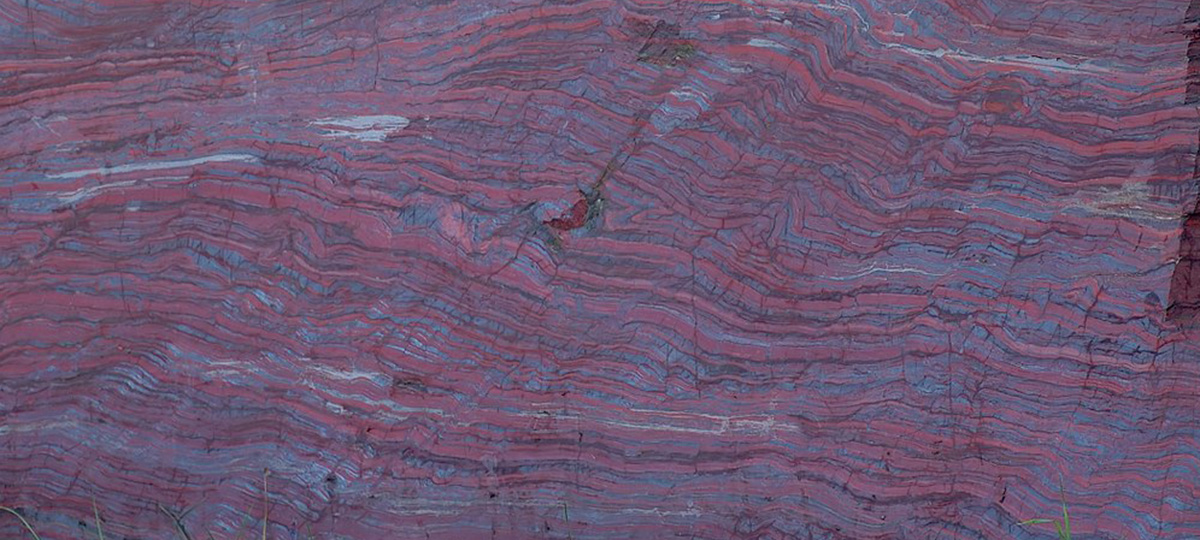
Chemical Sedimentary
Chemical sedimentary rocks are formed from the precipitation of dissolved minerals from water, often due to changing environmental conditions. These captivating rocks offer valuable insights …


